Reviewed by Julianne Ngirngir
The iPhone 17 series is just weeks away from what Apple executives have internally dubbed the "most ambitious" iPhone launch in the product's history. But here's what has the tech world buzzing: for the first time since the original iPhone launched in 2007, Apple is fundamentally shifting away from their obsession with razor-thin designs. Instead, they're prioritizing what users have been requesting for nearly two decades – genuine all-day battery life that doesn't leave you hunting for chargers by afternoon.
Breaking the 5,000 mAh barrier: Why this changes everything
Here's the headline that matters: the iPhone 17 Pro Max is rumored to pack a 5,000 mAh battery, shattering Apple's own historical precedent. No iPhone has ever crossed this threshold. To put this in perspective, the iPhone 16 Pro Max currently sits at 4,676 mAh, making this roughly a 7% capacity increase that required Apple to make the device approximately 5% thicker at 8.73mm versus the current 8.25mm.
This isn't just about bigger numbers – it represents Apple finally admitting that their decade-plus pursuit of thinness came at too high a cost. For years, iPhone users have adapted their behavior around battery anxiety: carrying portable chargers, managing screen brightness obsessively, and constantly checking battery percentages. The 5,000 mAh milestone could end that era entirely.
The engineering behind this breakthrough is equally impressive. Apple is implementing new stacked battery technology that maximizes energy density within the available space. Combined with the efficiency gains from the A19 Pro chipset built on TSMC's advanced 3nm process, early reports suggest we could see genuine two-day battery life for moderate users – a game-changer for how we interact with our devices.
The camera bar revolution: Apple's boldest design gamble
Beyond battery life, Apple is implementing what could be their most controversial design decision since removing the headphone jack. The familiar square camera bump is being replaced with a distinctive aluminum camera bar that spans the device's full width, drawing inevitable comparisons to Google's Pixel approach.
But Apple's execution appears meaningfully different. Dummy unit photos and CAD renders show three camera lenses arranged horizontally with increased spacing between them, housed within an aluminum structure that matches the phone's frame color. This isn't just aesthetic mimicry – the horizontal layout enables better heat dissipation during intensive camera operations and potentially improved stabilization systems.
Perhaps more surprising is Apple's material strategy. The devices are rumored to feature a new rear design combining aluminum and glass in a half-and-half approach, while the Pro models are returning to aluminum frames after their titanium experiment. This might seem like a step backward until you consider that aluminum enables more precise manufacturing tolerances, better antenna performance, and addresses some of the durability concerns that plagued all-glass designs.
Camera and performance: Finally worthy of the 'Pro' designation
The camera system represents where Apple is making their strongest competitive play. All iPhone 17 Pro models will feature three 48MP sensors covering wide, ultra-wide, and periscope telephoto lenses, making them the first iPhones with a rear camera system composed entirely of 48-megapixel lenses. This uniformity isn't just about megapixel bragging rights – it enables unprecedented flexibility in computational photography and seamless transitions between lenses during video recording.
The telephoto capabilities are getting a serious competitive upgrade. The upgraded Telephoto lens will deliver up to 8× optical zoom, putting Apple in direct competition with Samsung's Galaxy S25 Ultra zoom capabilities for the first time. Content creators will particularly benefit from the rumored 8K video recording capability, while the front-facing camera jumps to 24 megapixels across the entire lineup – a long-overdue upgrade for the selfie generation.
Performance gets equally substantial improvements. The A19 Pro chipset pairs with 12GB of RAM – a 50% increase that enables more sophisticated Apple Intelligence features and eliminates the memory constraints that have limited multitasking. Storage starts at 256GB across both Pro models, finally acknowledging that 128GB feels cramped for flagship devices in 2025.
Premium features for everyone: The end of artificial limitations
Here's where Apple is making their most consumer-friendly decision in years: all iPhone 17 models will feature 120Hz ProMotion displays, ending the artificial segmentation that kept smooth scrolling locked behind the Pro paywall. This democratization extends beyond just refresh rates – base models get always-on display capabilities and the responsive touch experience that was previously premium-exclusive.
The standard iPhone 17 benefits from other meaningful upgrades. Apple is expanding the display to 6.27 inches while implementing significantly thinner bezels thanks to new Border Reduction Structure technology. The result should be a more immersive viewing experience without substantially increasing the phone's footprint.
The iPhone 17 Air represents Apple's most experimental design in years. At potentially 5.5mm thick with a 6.6-inch display, it pushes the boundaries of what's physically possible while maintaining smartphone functionality. The trade-offs are significant – a single rear camera system and likely compromised battery life – but it represents Apple's vision for users who prioritize portability above all else. Positioned at $899, it fills the gap between standard and Pro pricing while targeting fashion-conscious users.
Industry implications: Why this launch matters beyond Apple
The iPhone 17 series launches during a fascinating inflection point in the smartphone industry. While competitors have been pushing specifications like camera megapixels and RAM capacity, Apple's approach addresses the fundamental user experience issues that have persisted across the entire industry. The 5,000 mAh milestone isn't just about matching Samsung or Google – it's about Apple finally acknowledging that battery anxiety has been the iPhone's biggest weakness since 2007.
Apple is positioning this launch as strategically crucial for showcasing their latest silicon and AI capabilities, particularly as competition intensifies from Samsung's Galaxy S25 series and Google's Pixel lineup. The timing is critical: with smartphone upgrade cycles lengthening globally, Apple needs to provide compelling reasons for users to choose iPhone 17 over keeping their current devices for another year.
The democratization of ProMotion displays across the lineup sends an equally important signal to competitors. Apple is betting that eliminating artificial feature restrictions will drive more users into their ecosystem, even if it means lower profit margins on base models. This could pressure Samsung and Google to similarly democratize their premium features.
Expected to launch on September 9, 2025, with preorders likely starting September 12 and general availability on September 19, the iPhone 17 series faces potential headwinds from rumored $50 price increases across the lineup due to component costs and tariff concerns.
Bottom line: The iPhone 17 series represents more than iterative improvements – it's Apple's acknowledgment that user experience must triumph over engineering aesthetics. If the 5,000 mAh Pro Max delivers on its promise of genuine two-day battery life, it could mark the beginning of an industry-wide shift away from the thin-at-all-costs mentality that has defined flagship smartphones for over a decade. That alone would make this the most significant iPhone launch since the iPhone X introduced Face ID.




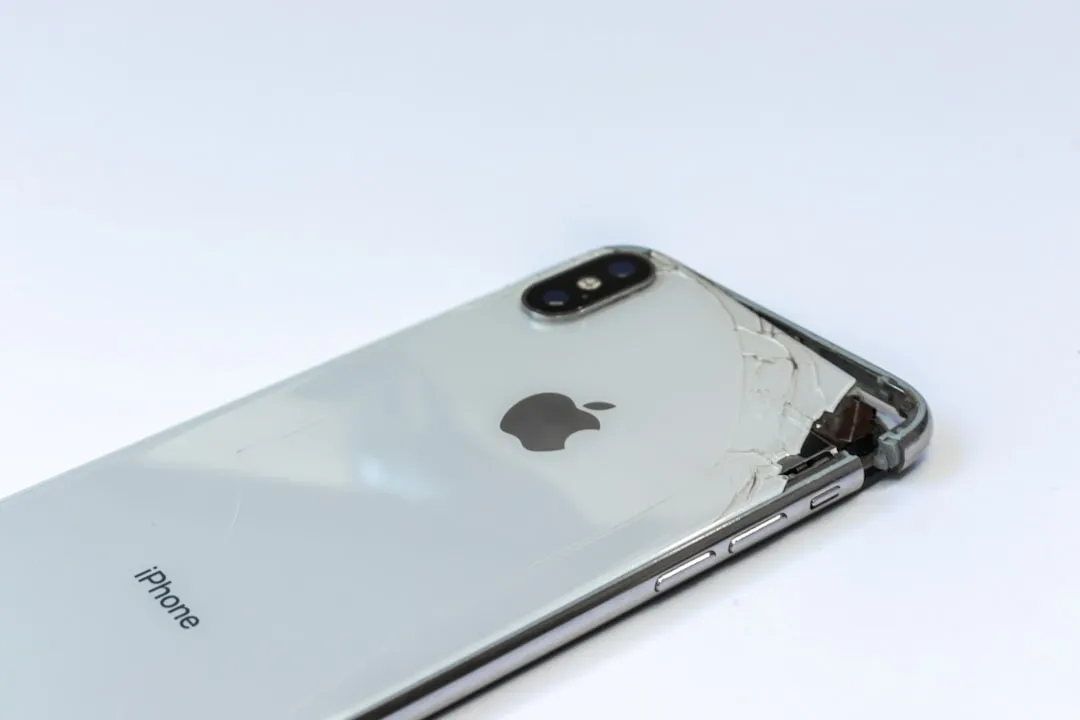
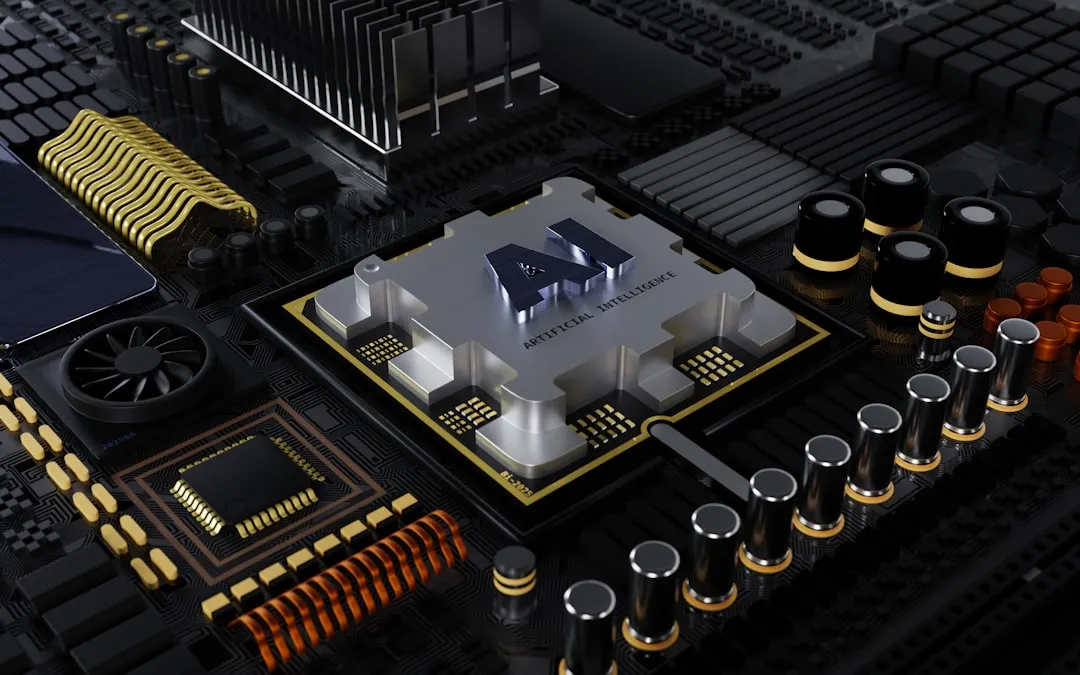
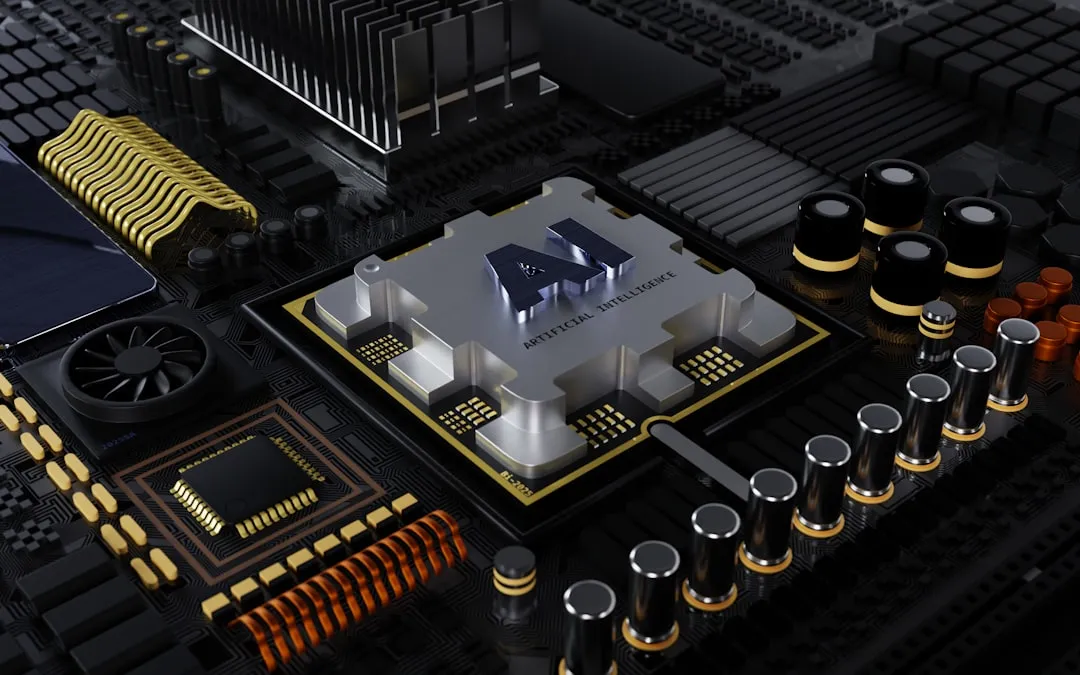
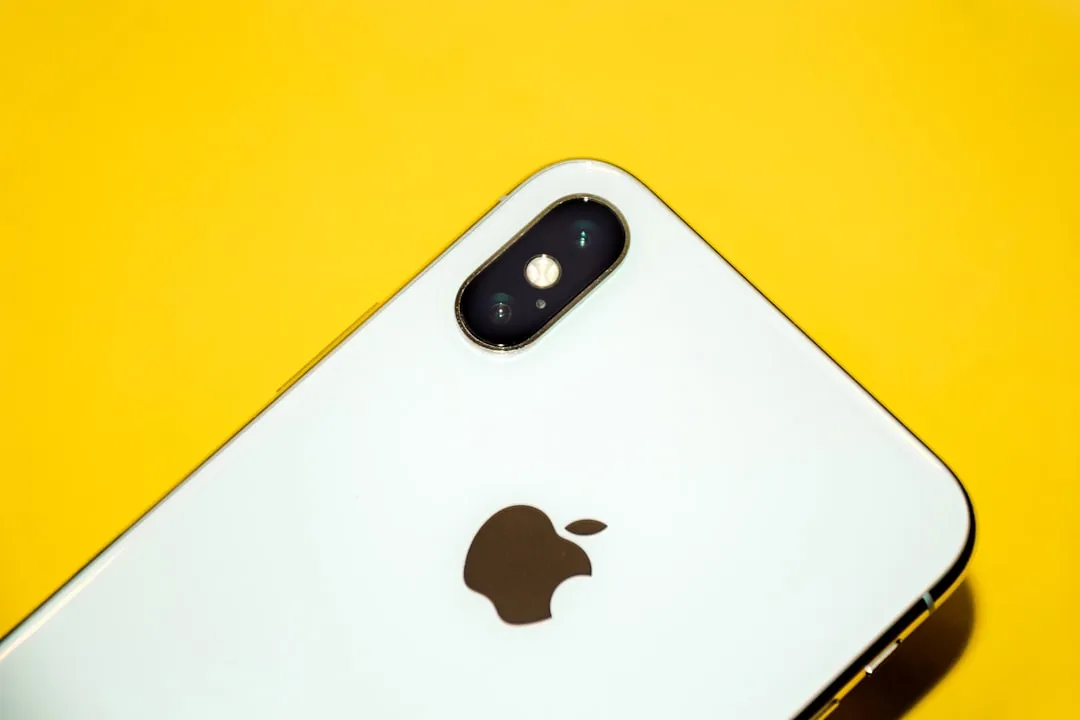

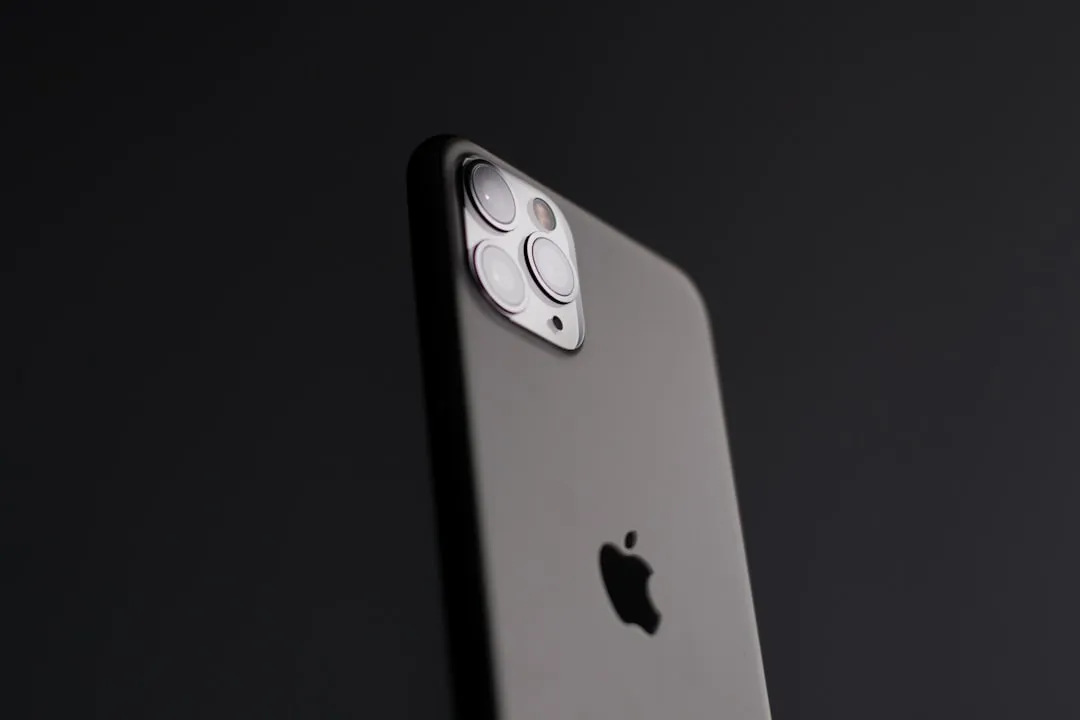


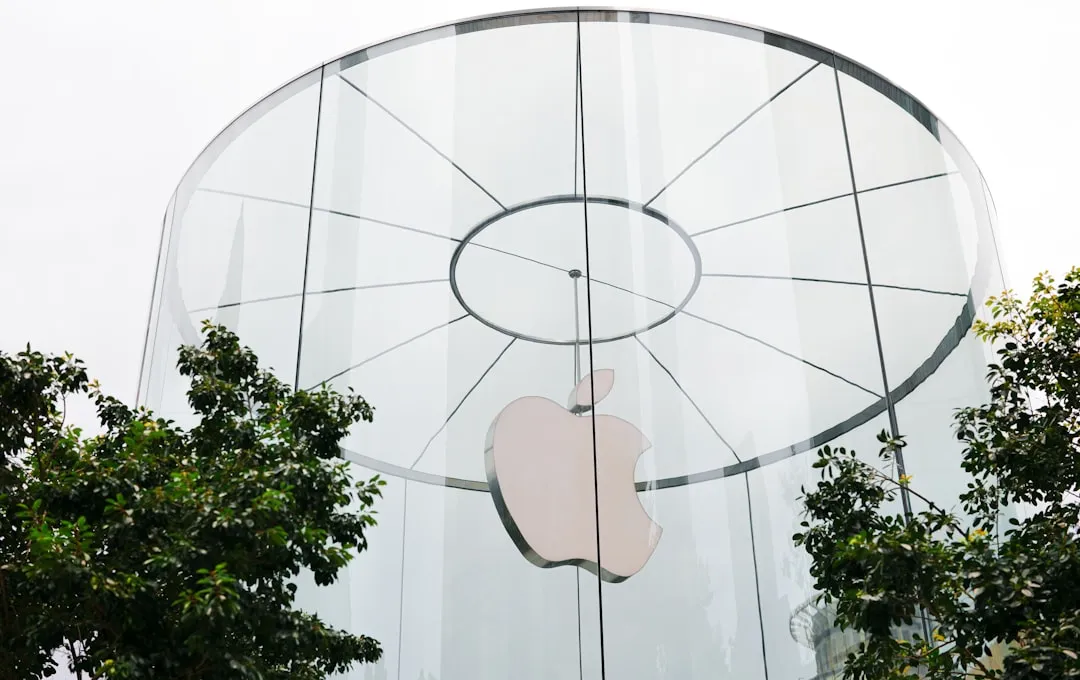
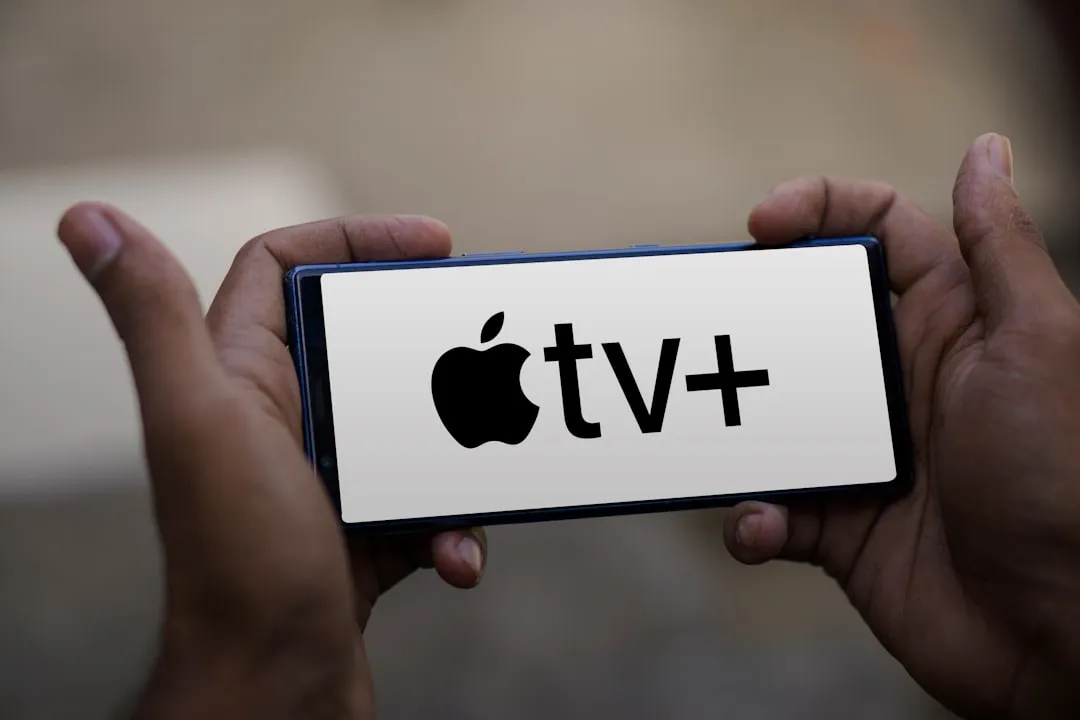
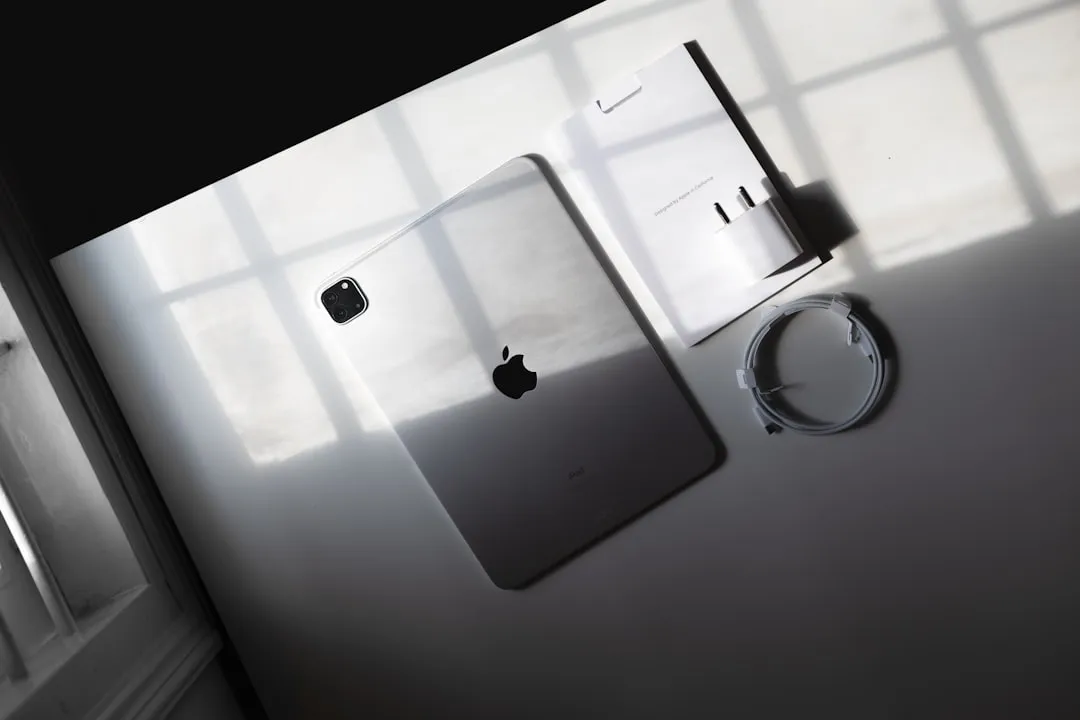

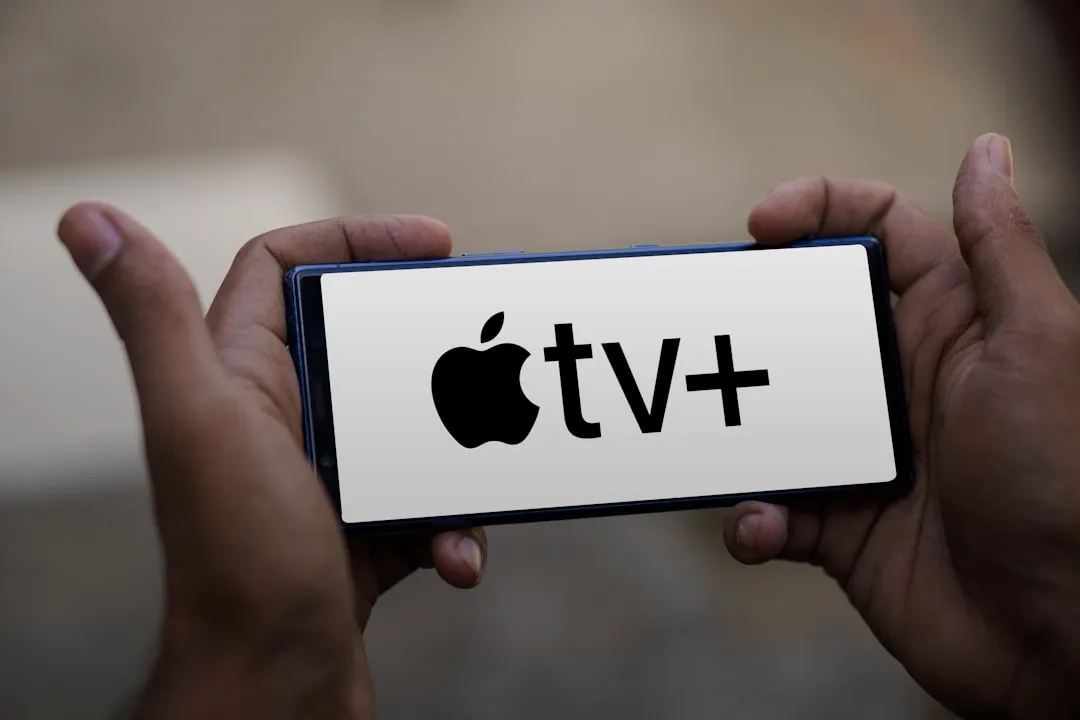

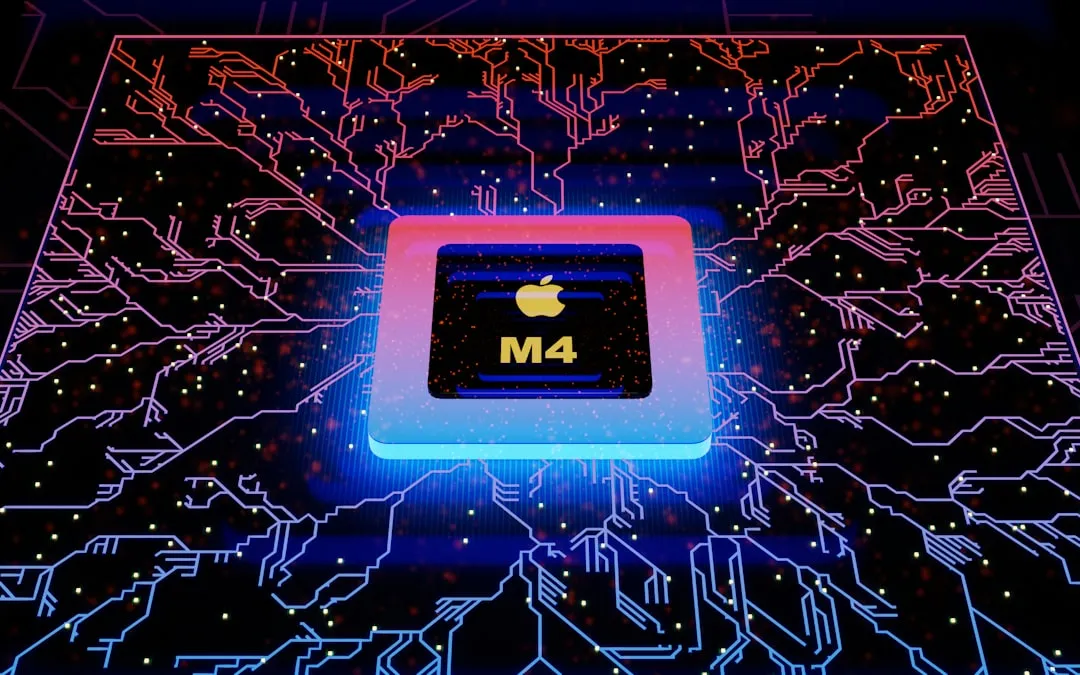
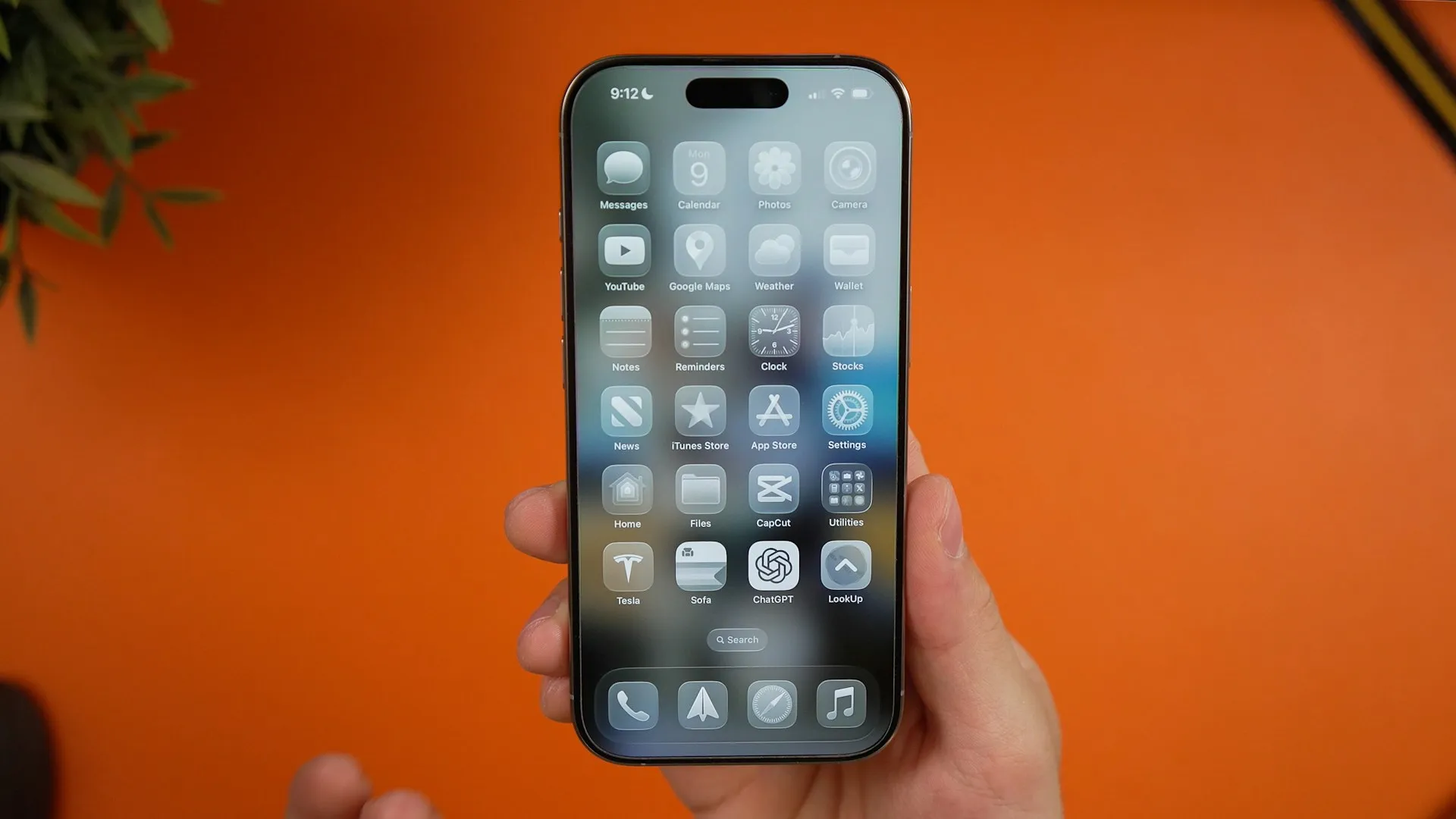

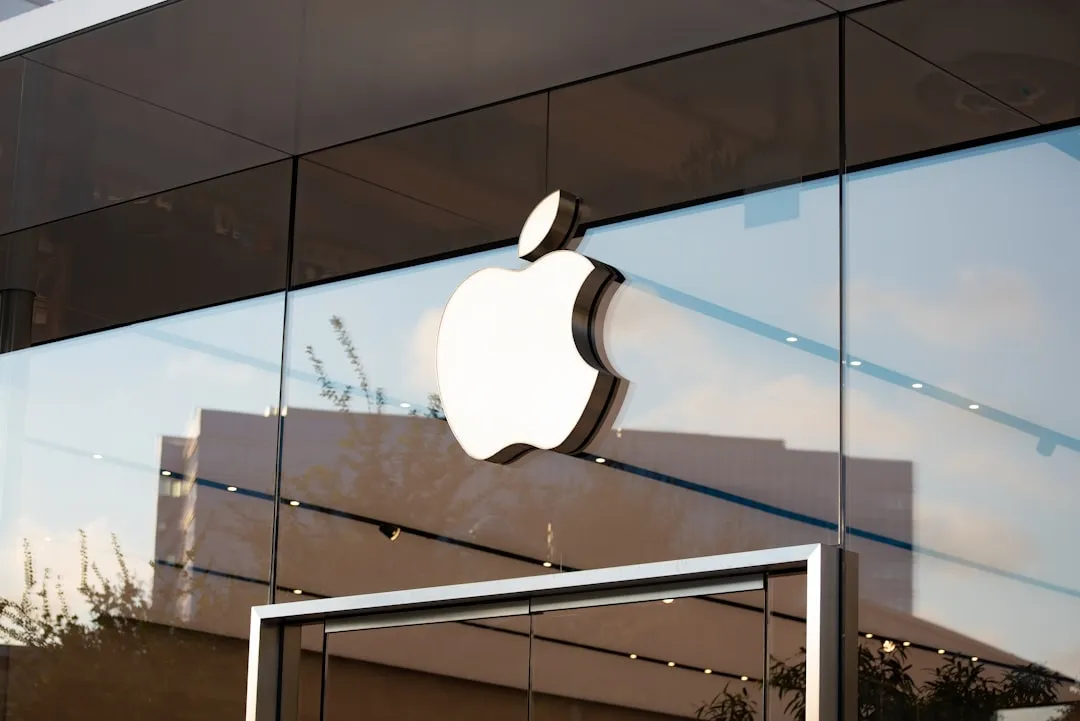



Comments
Be the first, drop a comment!